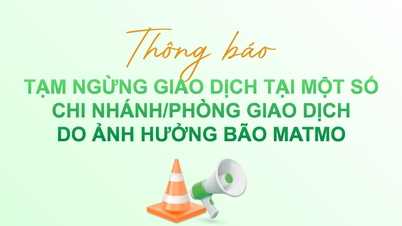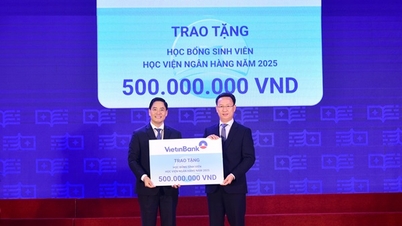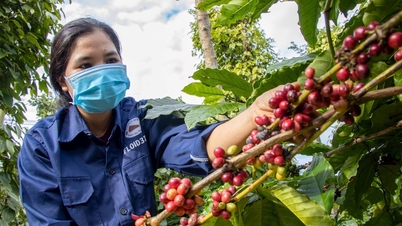During the Covid-19 pandemic, iPhone users tended to hold onto their phones longer before deciding to upgrade. However, after the pandemic ended, this habit gradually changed as more people started upgrading their devices even when they were not too old. Notably, despite the efforts of Android manufacturers with high-end products, consumers still chose Apple's low-cost iPhones (iPhone mini and iPhone SE), even though these products only accounted for about 5% of iPhone sales in a year.

Despite not being highly rated, iPhone SE and mini sales are still better than many high-end Android phones
Changes in iPhone users' shopping habits
The report shows that the rate of upgrading new iPhones has gradually returned to pre-pandemic levels, but the 2024 figures show a notable change. Specifically, 33% of users upgraded their iPhone after 3 years of use, 30% within 3 years, 27% within 2 years and 9% in less than 1 year.
Compared to 2023, these rates have changed significantly, from 36%, 33%, 24% and 7% respectively. This suggests that people who bought new iPhones last year have accelerated the pace of upgrading their phones, with similar numbers as in 2020, when the Covid-19 pandemic lockdowns began.
Apple launches iPhone 16 with integrated AI software
While CIRP doesn't give a specific reason for this change, there could be a number of factors at play, including carrier promotions and earlier phone upgrade offers, even for those on long-term installment contracts. However, it's worth noting that iPhone sales still slowed during this time period.
Overall, the change in iPhone users' phone upgrade habits reflects fluctuations in the technology market and consumer demand, while also opening up many questions about the future of these technology products.
Source: https://thanhnien.vn/smartphone-android-cao-cap-lep-ve-truoc-iphone-tam-trung-185250314085629882.htm




![[Photo] Prime Minister Pham Minh Chinh chairs the 16th meeting of the National Steering Committee on combating illegal fishing.](https://vphoto.vietnam.vn/thumb/1200x675/vietnam/resource/IMAGE/2025/10/07/1759848378556_dsc-9253-jpg.webp)































![[Photo] Super harvest moon shines brightly on Mid-Autumn Festival night around the world](https://vphoto.vietnam.vn/thumb/1200x675/vietnam/resource/IMAGE/2025/10/07/1759816565798_1759814567021-jpg.webp)
































































Comment (0)